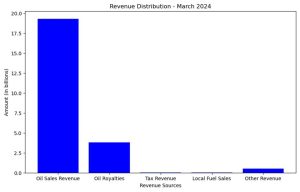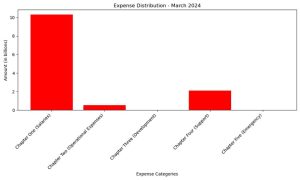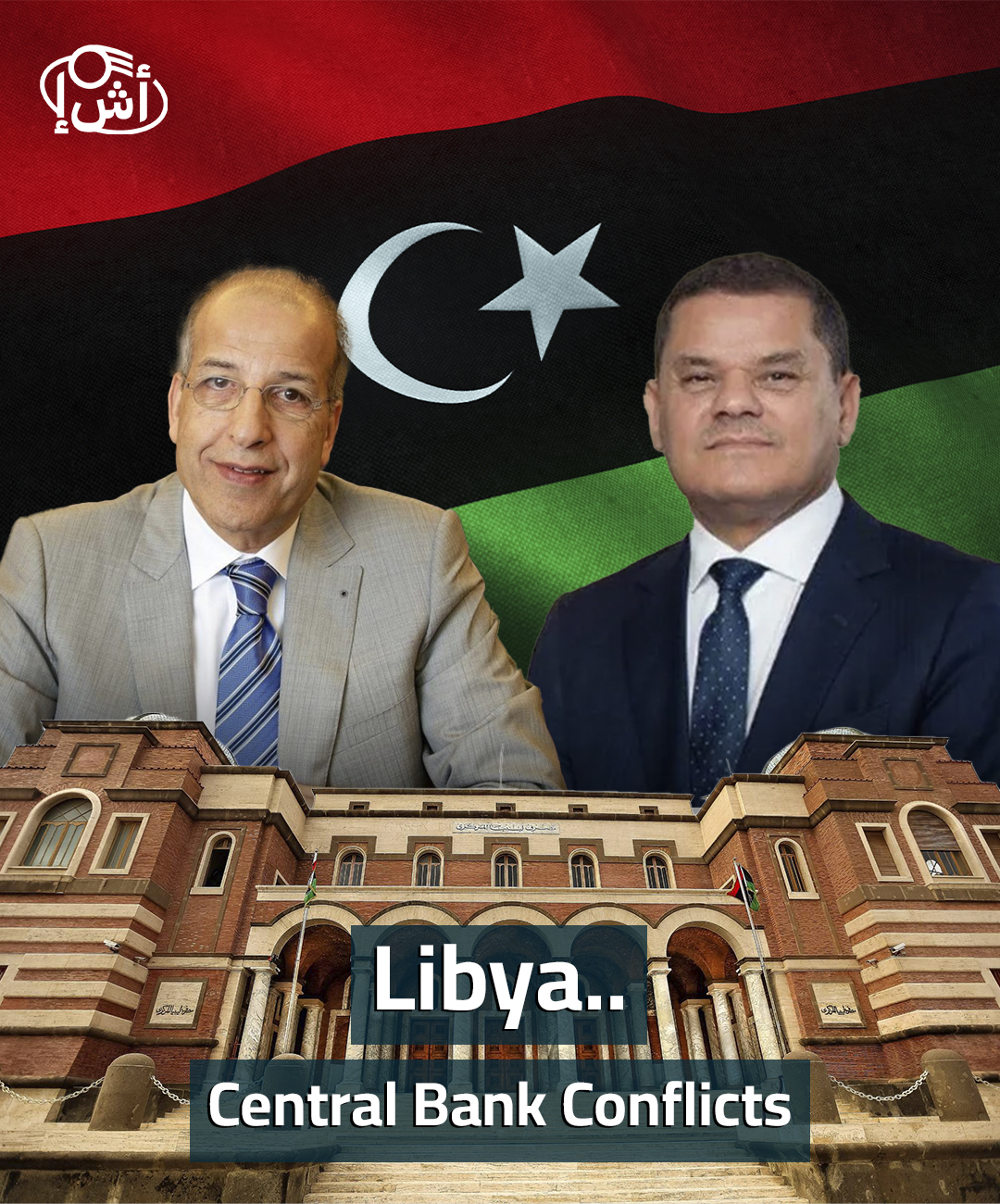The crisis between the Libyan Central Bank and the Government of National Unity in Tripoli represents a scene of regional and international competition, which is directly reflected on state institutions in all their joints.
Although the division and fragmentation within the Libyan society has existed since 2011, but in the end, it appeared differently in 2014 to the rhythm of drawing a map of economic influence between the east and west of Libya, and the failure to reach a constitution followed by elections that does not present the political failure of the Libyan political forces, but rather an image of strengthening centers of power, and dependencies to economic and financial networks.
In practice, both Prime Minister Abdul Hamid Dbeibeh and the Governor of the Central Bank of Libya, Al-Sadiq Al-Kabir, represent one wing within the political map, and the financial crisis is not new, as Al-Siddiq Al-Kabir served as Governor of the Bank for more than a decade, and the sharp criticism directed at him today bears indications that the differences are not related to the required area of stability in Libya, but rather from trying to deal with the new transformation after the resignation of Abdullah Batelli, and the prospects of Washington reconsidering the distribution of its interests within Libyan institutions. For many political parties in western Libya, Stephanie Khoury ultimately means the emergence of new American perceptions and alliances on different terms.
Background of the conflict
The roots of the dispute lie in a series of political and economic events that have ravaged Libya in recent years, where many powers and parties compete for power, influence, and the use of international cover through different interests within the European Union and the United States.
For the great friend, a report written by the senior researcher at the German Institute for International and Security Affairs, Wolfram Lacher, analyzes his continued position since 2011 despite all the turmoil, when the management of the central bank was divided between the east and west of the country after 2014, al-Kabir controlled the Central Bank of Libya in Tripoli, including the SWIFT codes that banks use to identify each other, which means that oil resources are under his authority and he has influence over government spending.
“The Central Bank of Libya continued to pay the salaries of state employees, including those affiliated with armed groups, as it is the primary funder of these groups through a Libyan businessman residing in Misrata. Some companies that benefit from letters of credit have ties to armed factions, and there have been documented cases of threats against a number of Libyan journalists and media figures for raising issues related to corruption in the Central Bank of Libya in Tripoli. Additionally, there’s evidence of bribing some individuals to avoid discussing the rampant corruption in the Central Bank, alongside instances of fraud involving the exploitation of the difference between the official exchange rate and the black-market rate, funding financial operations outside the scope of officially announced budgets.
Siddiq Al-Kabir has managed to maintain his position by constantly adapting to the changing political landscape in Libya and relying on a network of allies in both the House of Representatives and the State Council. Despite attempts to replace him, he has managed to stay by developing alliances with various political factions. The ongoing political division and armed conflict in Libya are what prevent changes in the leadership of the Central Bank. The potential for his dismissal due to accusations of non-cooperation with the government and his refusal to release funds requested by Dbeibah depends largely on the shifting U.S. influence in western Libya. His dismissal could increase tensions in the western region due to divisions in the loyalties of armed factions and the likelihood of some parties exploiting his potential removal to assert control over Libyan financial reserves, further exacerbating the instability.”
The issue of budget and salaries
The controversy over the budget came as a result of a political contradiction rather than a disagreement over the financial strategy, as it is estimated that the number of state employees has almost doubled since the fall of Gaddafi to 2.4 million, out of a total of 7 million people, and despite the inflation of the government apparatus, schools, universities and government hospitals are in a state of deterioration, the financial statements issued by the Central Bank of Libya for the month of March 2024 starkly illustrate the obvious imbalance in the nature of the Libyan economy, and regardless of the views on the budget, the figures It indicates that spending on development is non-existent, and that dependence on oil revenues has become the only source in the Libyan economy, as it amounted to 23.8 billion Libyan dinars, according to the Central Bank report for March, with sales of 19.3 billion Libyan dinars, representing more than 80% of the total revenues, in contrast, tax revenues were very small, amounting to only 52 million Libyan dinars.
The following graph shows the nature of Libyan revenues according to Central Bank data:

As for spending, the total expenditure amounted to 13.5 billion Libyan dinars, most of which is allocated to salaries, which amounted to 10.3 billion Libyan dinars, which means that more than 75% of the total spending went to salaries, as this pattern of spending indicates that there are significant challenges in investing in infrastructure and development projects, as no spending has been allocated to these areas, which is shown in the following graph:

In practice, these figures reflect deep economic challenges in Libya that go beyond the dispute between Dbeibeh and the great friend, as they are only an example of the accumulated economic imbalance that led to recent inflation, as the large focus on salaries indicates the inflation of government expenditures, which has become understandable in the process of formulating loyalties to the state by expanding employment and increasing the human cadre in institutions to appease pro-government forces in western Libya, and this matter limited the resources available to invest in future projects.
The full picture of the conflict between Dbeibeh and the great friend becomes clearer when the reading of the Central Bank’s statements becomes based on the deeper political dimension, as the state apparatus that is flabby as a result of increased recruitment operations is a political end in itself to establish loyalties to the centers of power within the state, while the current conflict seems to be the result of fears of losing these loyalties, or even the end of the political cover that the United States grants to some political figures as a result of its new focus on Libya.
The escalation of tension between the Prime Minister and the Governor of the Central Bank appears to a confrontation linked to the existence of the Dbeibeh government, as the refusal of the great friend to release the funds requested by Dbeibeh, will lose the legitimacy to continue as a result of the collapse of loyalties around him, which depend mainly on the bloated state apparatus, but the boldness of the great friend is also a bet on Washington’s support for his survival, as the two parties are disputing within the circle of US policy in Libya, based on the possible changes that Washington’s political projects can carry after the resignation of the UN envoy.
Written by Mazen Bilal
Italy pledges full funding for strategic road project in Libya
